

Ted Wong
Slechts twee mensen ter wereld hebben onder Bruce Lee de status van leraar in het Jeet Kune Do bereikt: Dan Inosanto en Ted Wong. Hoewel het Inosanto was die werd opgeleid door Bruce Lee om Jeet Kune Do lessen te geven in de Chinatown school te Los Angeles, was het Ted Wong die door Bruce werd uitgekozen om thuis zijn sparringspartner te zijn.
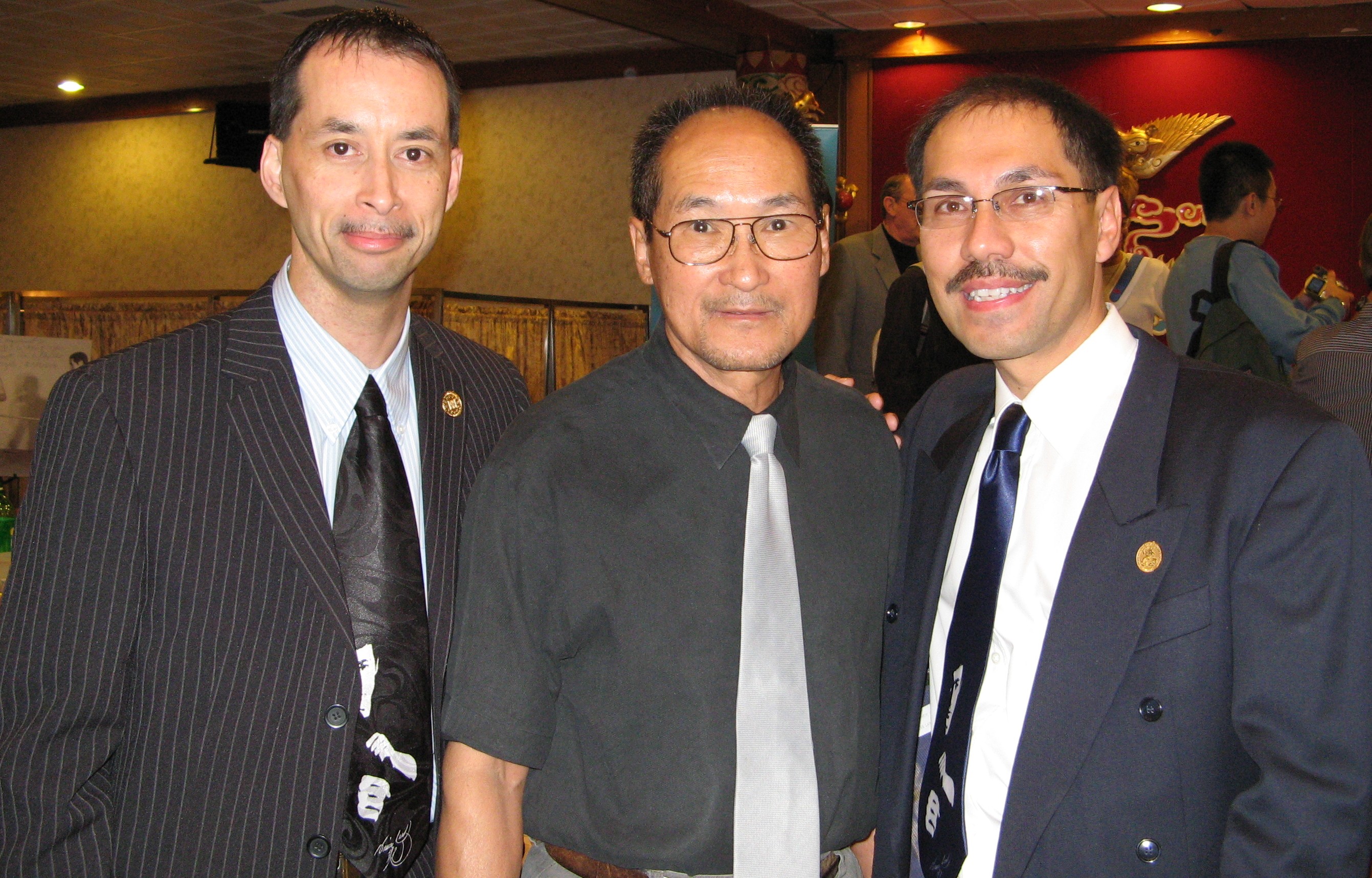
Het Jeet Kune Do zoals Inosanto dat momenteel verspreid is erg verschillend van het Jeet Kune Do zoals Wong dat doceert. Inosanto heeft het Jeet Kune Do sterk uitgebreid met technieken uit andere vechtkunsten en heeft een "Concept Methode" ontwikkeld, waarin ruime aandacht wordt gegeven aan technieken en principes uit onder andere Kali, Pencak Silat, Muay Thai en Savate.
In tegenstelling tot de "Concept Methode" heeft Wong daarentegen aan de originele gedachten en ideeën van Bruce Lee betreffende het Jeet Kune Do vastgehouden.
Hij woonde praktisch bij Bruce Lee in huis en stelde Bruce hierdoor in de gelegenheid om met talloze technieken te experimenteren. Veel innovaties die Bruce Lee gebruikte voor het Jeet Kune Do kwamen direct voort uit de trainingssessies met Wong.
Wie Ted Wong bezig zag op een seminar snapte direct waarom juist hij werd gekozen als sparringpartner door Bruce Lee: ze hadden ongeveer dezelfde lengte, hetzelfde gewicht, waren even lenig en spraken dezelfde taal (Chinees). Het was niet altijd even gemakkelijk om de trainingspartner van Bruce Lee te zijn.
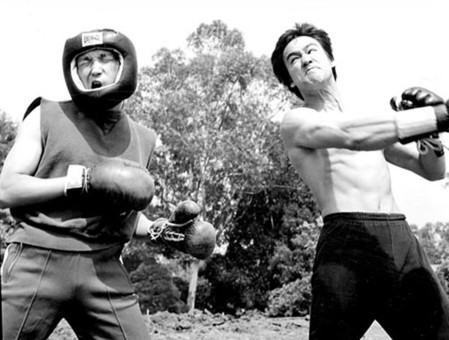
Wong sparde met Lee op het moment dat Lee op de top van zijn fysieke kunnen zat. Ook het vasthouden van handdoelen en het tegenhouden van de stootzak leverden steevast blauwe plekken en kneuzingen op!
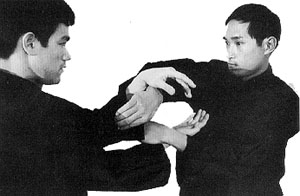
Ted Wong heeft altijd geprobeerd het originele Jeet Kune Do te behouden en betreurde het dat vandaag de dag veel mensen door de "Concept Methode" niet meer kunnen zien wat origineel door Bruce Lee werd ontwikkeld en wat er later is bijgekomen.
SIMPEL
Ted Wong benadrukte altijd dat een belangrijk kenmerk van het Jeet Kune Do is dat er niet constant nieuwe elementen aan worden toegevoegd, maar dat juist alle overbodige elementen worden geëlimineerd, om zo te komen tot de essentie van vechtkunst!
Oftewel: minder is beter! Simplicity!
Quote Bruce Lee:
"It is not daily increase but daily decrease; hack away the unessential".
---
Bekijk hier onze reis in de tijd met Ted Wong
Ted wong en shannon lee over bruce lee
Bekijk hier Interview met Ted Wong
Helaas is onze leraar, Sifu, Ted Wong overleden op 24 november 2010. een memorial is gehouden in LA in Januari 2011.
STORIES OF TED WONG
BY KRINA WONG (Ted's wife)
Ted and his sister were born in Hong Kong, to the proud parents of Poi and Wei Wong . His father a native Californian, and graduate from Cal Berkeley school of Engineering. His mother a home coming queen from the prestigious University of Chong-Sun in Canton, China.
In 1953, his family moved back to San Francisco, California, where they stayed with his Auntie Betsy Wong Lau. Uncle Lau owned the Chinese newspaper publication. Ted got a part time job in that company, worked as a filing clerk. His job was to file back the metal type punch; Chinese characters that writers pulled out from the slots, to print the writing for the printing press. That job trained him be a patient man; to worked alone in any place and on any task
A year or so later, his father employed by the US Navy as a civil engineer; moved the family down at San Diego, California. Ted attended high school and college there until he was drafted into the army. Soon after, he was stationed in Germany. During his two and half years stationed in the army; he somehow was able to buy a car, as only officers could. With that little VW, he toured Europe with friends whenever vacation time allowed, countries like Austria, Spain, Switzerland, Belgium, etc. After his discharged from the army, he shipped the little car back to the USA. He drove from New York to San Francisco in three days to visit his Auntie Betsy and Uncle Lau before he returned home in San Diego. The little car took him to school; took him to work, took him sky diving, took Krina out on a date; took Krina to his Chinatown JKD school where he taught Krina a few JKD moves; and later took his children to school.
The family lived on the second floor of a Chinatown apartment in Los Angeles. Bruce and Linda visited Ted every time they came back from Hong Kong. One time, Bruce came by himself and the two did a little work out on the balcony, the building shook. Next thing they knew, the neighbor knocked on the door and inquired what's happening. They laughed so hard. When Ted's children turned school age, Ted moved the family out of Chinatown. Herb Jackson helped Ted put up the steel structure in his back yard to hang punching bags. They worked out of ten in the 1970s and 1980s. He taught a student here and there, and a few of workshops.
When you think life is going the way you wanted, it throws you a curve ball. During that period, Ted's work place had sold, merged and then closed down. He had a choice of moving with the company to another state or retired. Ted chose retirement. He began to teach Martial Arts-JKD. Ted was a kind and generous soul. Since his retirement, he had more time to teach JKD. His fees were barely enough to cover his traveling expenses. A humble, generous, and honest man; some may say to the point of being taken advantage of. One funny story: this guy gave him a check after the workshop. He tried to cash it the next day, the check bounced. He tried again the next week, insufficient funds. The next week again, insufficient funds ... The fifth week, he cashed the check. He was so happy, as soon as he got home and yelled out, "I got it!"
Sometimes, private lessons, turned into free lessons because the person said, 'I am poor'. It wasn't about the money, he was happy to teach. People wanted to learn JKD and Ted had the love for teaching it. He saw the JKD teaching out there was wrong. He saw the meaning was being lost if he's not correcting it. His passion for the art later turned into his mission. He traveled all over the world to teach JKD as his teacher, Bruce Lee, had taught him. Ted wanted to show the younger generation the right way of doing JKD. Jeet Kune Do enriched his life. His mission was for the preservation of the art. It enabled him traveled al! over the globe to share his knowledge and experiences and to teach JKD the right way.
He was happy to see some of his students catch on, not only the fighting techniques, but also other aspects of the JKD teaching like: developing good moral standard, ethical conducts, honest, integrity, and respect for ethers. Thank you for supporting him through the years, on which, make it possible for him to perpetuate Jeet Kune Do as he had learned from his SiFu Bruce Lee. Let his teachings continue to flourish onto the future. His spirit lives on.
"TED, MISSION ACCOMPLISHED'!!" - Krina
Ted Wong 1937 - 2010
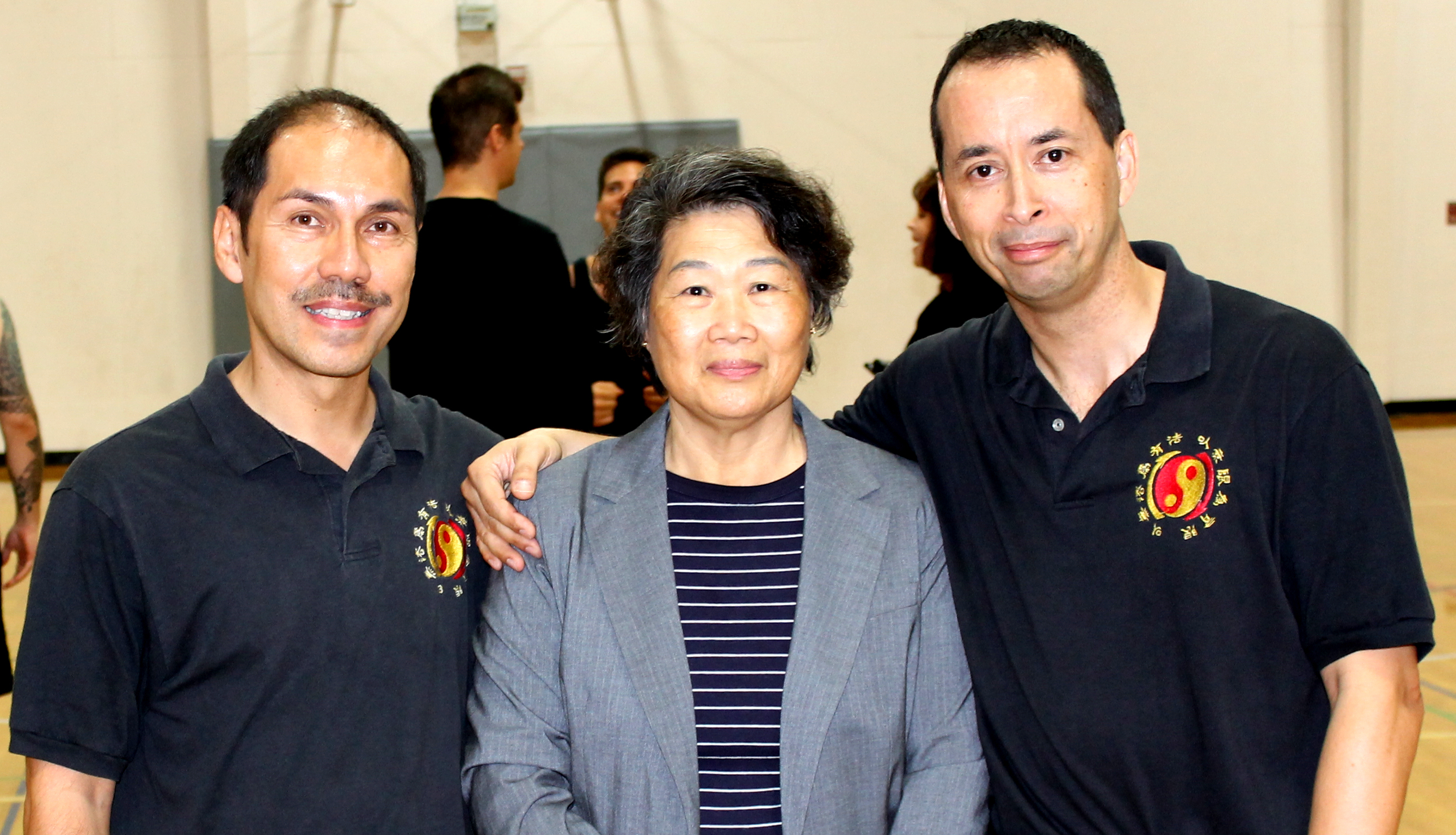
Mrs.Wong
---------------------------------------------
Ted Wong - 14 Mistakes
Black Belt magazine - by Robert W. Young
Like the people who run most magazines, we at Black Belt love to look at surveys — in particular, surveys that tell us what you want to read. Back in the 1970s, those surveys told us you were interested in kung fu self-defense moves and jeet kune do moves.
In the ’80s, it was taekwondo techniques, ninjutsu techniques and jeet kune do techniques. In the ’90s, it was kenpo, Brazilian jiu-jitsu and jeet kune do. In the 2000s, it’s been the mixed martial arts and — you guessed it — jeet kune do.
To serve up an article about the one fighting art that has remained on everyone’s radar ever since Bruce Lee began showcasing it in movies, we talked with Ted Wong, the man many claim was Bruce Lee’s No. 1 disciple. In 2006, Ted Wong was inducted into the Black Belt Hall of Fame as Man of the Year for his ongoing efforts to propagate JKD around the world. Who better to turn to for advice on fixing the mistakes students make in their jeet kune do techniques?
Sadly, Ted Wong passed away on November 24, 2010. Before his passing, however, he shared with us the 14 mistakes he encountered most often and offered advice from his decades of experience.
Jeet Kune Do Techniques Mistake #1: Wrong Origins
Not all aspects of JKD punching stem from wing chun kung fu, Ted Wong says. “Much of the JKD being taught today is based on wing chun structures. I have a lot of respect for wing chun, but it’s not JKD. In fact, the majority of Bruce Lee’s notes in Tao of Jeet Kune Do are from boxing and fencing.
“One of the most important phrases in his notes and in the Tao comes from a boxing book: ‘The essence of fighting is the art of moving at the right time.’ But you have to move and think like a fencer because mobility is the key in JKD or any fighting art.”
Jeet Kune Do Techniques Mistake #2: Wrong Balance
Bruce Lee taught that the key to balance is having your head positioned vertically over the line that connects your feet, Ted Wong says. “If it’s not and your opponent forces you to move backward, you have nowhere to go while staying balanced.”
Even worse, you can’t follow up when your balance is off. You’re basically limited to your initial jeet kune do moves, be it a punch or a kick, because you’re not in a position to throw another one with any power, he says.
In some instances — specifically, when your opponent is backing up after your first strike — you’ll need to pursue him with follow-up shots. That’s when you really have to keep your head over the line between your feet so you can quickly close the distance.
Jeet Kune Do Techniques Mistake #3: Wrong Stance
Bruce Lee developed the JKD stance for a reason: It serves a fighter well in the greatest variety of situations. All the more reason not to abandon it as you face different opponents — a grappler, for instance.
“If you make your stance too wide, you cannot move,” Ted Wong says. “A grappler will pick you up and throw you to the floor. If you keep the proper stance while your opponent shoots for your front leg, however, you can quickly move back and hit him.”
Remember to keep your balance forward for maximum power, he adds.
In order to execute jeet kune do moves correctly, you need the proper JKD stance. To construct the right stance, imagine a line between you and your opponent. The toe of your front foot should be on that line, as should the arch of your rear foot. An isosceles triangle is formed with your lead toe at the top and your rear heel and rear toe at the bottom vertexes.
“If you have an open stance like a boxer, that line will point away from your opponent, and you’ll lose your power structure,” Ted Wong says. “One key part of JKD is, it’s not how fast you hit or how much muscle you have; it’s that you have that power structure. You have to keep it intact no matter how or where you move. When you’re off, you lose power and mobility.”
Jeet Kune Do Techniques Mistake #4: Wrong Understanding
You can’t rely on one or two forces in jeet kune do moves. You need three, Ted Wong says. “The first is vertical. Your stance is slightly down to begin with, and then you strike as you rise. It’s normally used in the uppercut.
“The second force is linear, which means you’re moving forward. It’s what powers the lead-hand strike.” Obviously, footwork is important to create that forward motion.
“The third is rotational,” Ted Wong says. It emanates from twisting your hips and is the force that powers the hook punch and hook kick.
Jeet Kune Do Techniques Mistake #5: Wrong Distance
“Perhaps the most common mistake people make when learning JKD is [related to] distance, Ted Wong says. “If you have the wrong distance, you cannot get your technique or combination off, and you might get hit. So it’s critical to be able to judge distance.”
The philosophy, which derives from fencing, is simple: Stay far enough out of reach to prevent your foe from touching you with a punch or kick — and from being able to lean and touch you. If he wants to make contact, he’ll have to take a step. Obviously, you’ll have to do the same to reach him, but because you’re trained to close that gap, it’s easier for you.
Jeet Kune Do Techniques Mistake #6: Wrong Timing
“Nobody throws a punch like in JKD,” Ted Wong claims. And that’s why it’s so hard for the average martial artist to master jeet kune do techniques. When developing timing in your jeet kune do moves, Ted Wong advocates memorizing a motto from fencing: Hand before foot always.
“You can see reference to it in the Tao,” he says. “Your hand moves before your feet move. It comes from Aldo Nadi, who was a four-time Olympic medalist in fencing. It enables you to bridge the gap and land the shot.”
Jeet Kune Do Techniques Mistake #7: Wrong Defense
Too many students lean away from their opponent to avoid a punch. Ted Wong calls the remedy to this mistake “half-half sharing.” Instead of merely leaning, your upper body is angled backward to cover half the distance needed for your evasive movement and your footwork covers the other half.
That gives you a margin of safety, and it doesn’t leave you out of range or off-balance, either of which could preclude a counterattack, he says.
Jeet Kune Do Techniques Mistake #8: Wrong Flow
Another mistake beginners make is separating their forward step from their lead-hand strike — in essence, they step, plant their foot on the ground and then punch. It’s way too slow, Ted Wong says.
The preferred way to execute jeet kune do moves is to make sure that when you land your blow, your front foot isn’t on the ground yet, Ted Wong says. “When you hit, it’s one, two, three. One is your fist hitting his face, two is your front foot hitting the ground and three is your rear foot hitting the ground after the step.”
Jeet Kune Do Techniques Mistake #9: Wrong Power Source
The power of your jeet kune do moves should come from your rear leg, not from your arms. “You channel the power from your back leg through your body and into your punch,” Ted Wong says.
Jeet Kune Do Techniques Mistake #10: Wrong Angles
Jeet kune do combat isn’t just a back-and-forth exchange of blows. It’s two-dimensional. That second dimension comes from moving off to the side when you’re confronted by an attack.
“Angling can put you in a safer position to counter from,” Ted Wong says. “For example, at the same time you move in for a punch to counter your opponent’s punch, you angle to the outside of his arm so he can’t hit you with his counterattack. It’s a built-in safety.”
Jeet Kune Do Techniques Mistake #11: Wrong Approach
In JKD, you shouldn’t just step toward your opponent and try to score with a punch, Ted Wong says. Even if you execute the attack correctly, success is hard to come by because he can react before you land the shot.
The right way to enter is with a stop-kick — for example, using your lead leg to attack his lead leg or body, whether he’s moving forward or not. Then you launch your punch as your front foot comes down. Make sure to angle off to the outside as you strike, Ted Wong adds.
Jeet Kune Do Techniques Mistake #12: Wrong Punching
Many martial artists throw the rear-hand punch while their fist is vertical, but that creates less than optimal bone alignment, Ted Wong says. The right way according to JKD is to turn your fist so your elbow is pointing slightly up — so your pinkie knuckle is higher than your index-finger knuckle. That orientation aligns the bones in your forearm with the ones in your hands for maximum structural integrity.
It also raises your upper arm, which protects your chin. In contrast, if you punch with your fist vertical, your upper arm will be lower, thus exposing your chin to a counterattack.
Jeet Kune Do Techniques Mistake #13: Wrong Kicking
One of the most serious mistakes Ted Wong has identified involves practitioners who lean backward while kicking. It’s bad for many reasons, he says. First, you sacrifice power whenever you lean backward. Second, you probably won’t have a chance to land more than one technique because your arms can’t reach him from your compromised position. “It’s a one-shot deal for you,” he says.
Third, you might fall — more than a few fighters have taken a tumble in the ring or on the street because they’re off-balance after such a technique. Fourth, if you have to struggle to avoid falling, you could very well find yourself hopping backward to regain your balance, and that’s not good.
In lieu of leaning in your jeet kune do moves, you should keep your balance forward as required by the JKD stance.
Jeet Kune Do Techniques Mistake #14: Wrong Reaching
Punching is a highly effective subset of Bruce Lee’s art, but it’s often sabotaged when beginners lean too far forward to hit in their jeet kune do moves. “In JKD, we start from farther back — just like in fencing — so if all you’re going to do is lean, you won’t make it,” Ted Wong says. “It’s too far, which is why footwork is important to cover the distance.
“In boxing, it all takes place within arm’s reach. I touch you and you touch me. But in fencing, if I touch you and you touch me, we both get killed. It’s about who can bridge the gap and get in quicker to score. JKD students think the same way.”
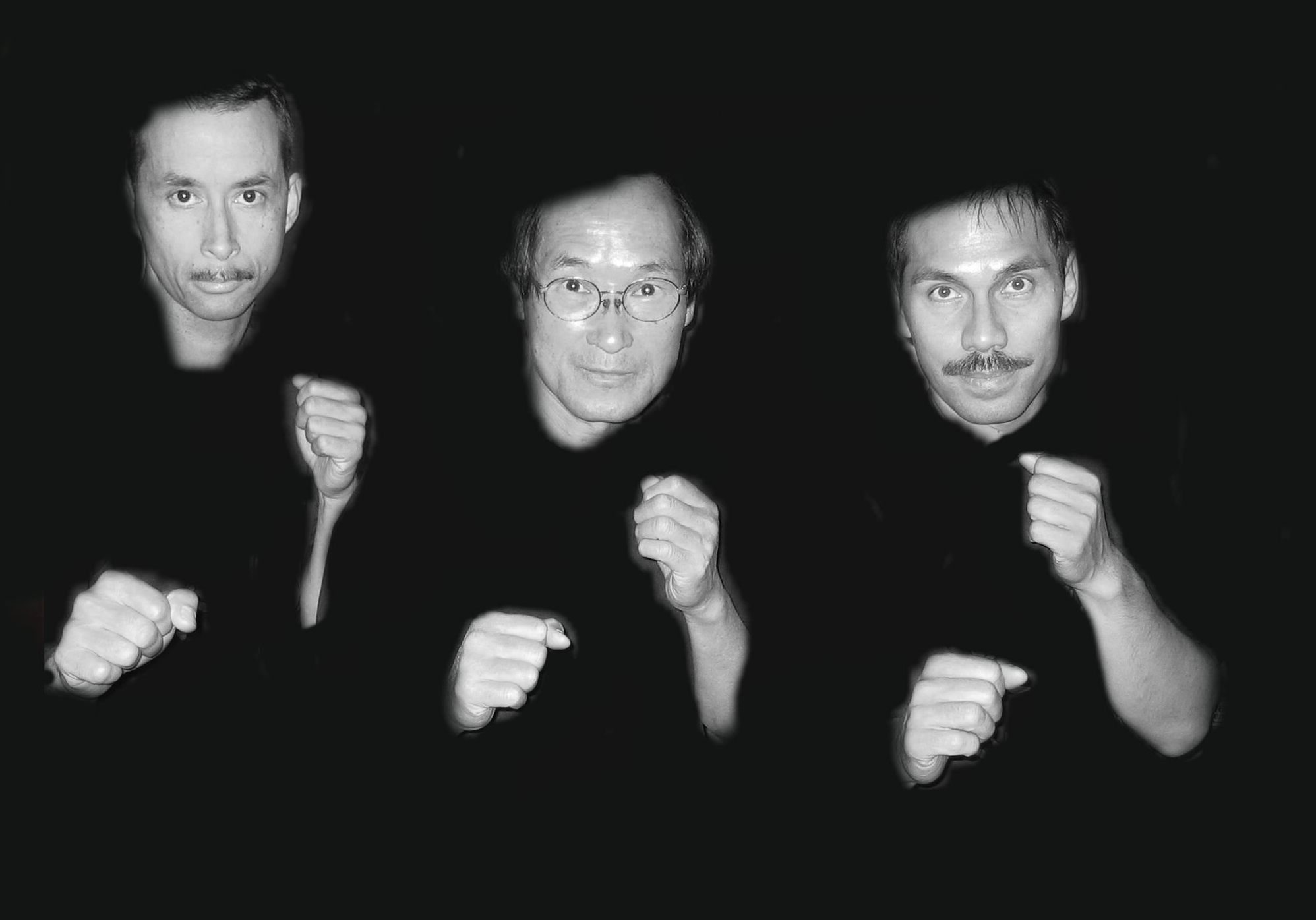
Bij The Academy kun je terecht voor
Jun Fan Jeet Kune Do & Ving Tsun Kung Fu
Gratis proefles,
je bent altijd welkom
Trainen in een ontspannen sfeer
Proberen
welke vechtkunst het beste bij jou past
Jezelf in enkele weken effectief verdedigen
Dames en heren, jong en oud welkom
De vechtkust van Bruce Lee
Beide vechtkunsten vullen elkaar aan
The Academy Leiden
Jun Fan
Jeet Kune Do & Ving Tsun Kung Fu
James:
+31618798995
George:
+31683082363
Mail voor info:
info@theacademy.center
The Academy Venlo
Jun Fan
Jeet Kune Do
Steven
Mail voor info:
Steven
The name, likeness, image, domain names, designs, and trademarks of, or associated with, Bruce Lee©
are owned by ©Bruce Lee Enterprises, LLC. All Rights Reserved

